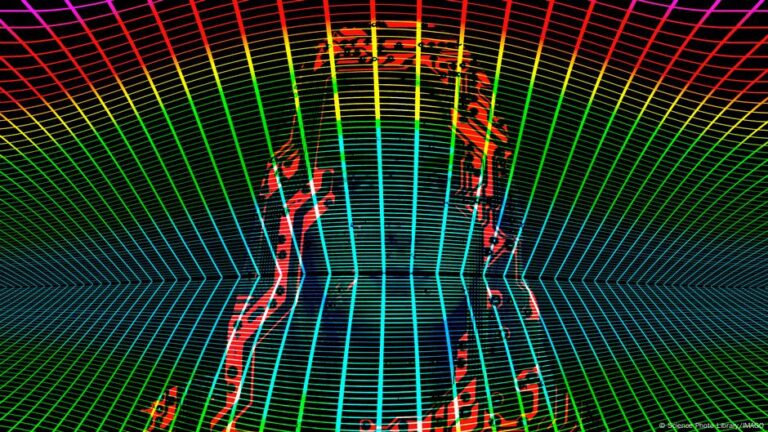Imagine wearing a virtual reality headset and being shown moving avatars of human-looking faces, some of which appear to be sick with an infection.
Would you expect your immune system to kick into action?
About 250 people apparently did just that during a study conducted by scientists at the University of Lausanne and University of Geneva in Switzerland.
And it appears their immune systems reacted to the mere sight of an infection.
The participants were shown artificial images — avatars — some of which had rashes, others had a cough. Some looked healthy.
Bear in mind, the participants were not presented with real sick people (a person in the same room as them), or even images of sick people but unreal images.
And their immune systems still reacted.
“We can conclude that the brain has the capacity to distinguish virtual infectious patterns, become activated, and link this activation to a downstream response, resulting in systemic immunity,” wrote Camilla Jandus, co-author of the study paper and head of the Jandus Lab, University of Geneva, in an email to DW.
Jandus and colleague Andrea Serino published their paper today in the journal Nature Neuroscience.
When an avatar makes you feel sick
The researchers monitored participants’ brain activity while they looked at the avatars. This allowed them to track reactions to the visuals.
For example, they noticed that participants reacted stronger when a sick-looking avatar moved closer to them in the virtual reality. Jandus and Serino took this to mean the brain was sounding an alarm.
The researchers checked these reactions with a “control group” of avatars that either stood farther or looked healthy when they appeared to approach a participant. They said this indicates how sensitive the immune system reacts.
They also took blood samples from participants who had been confronted by sick-looking avatars, and those samples showed increased activity of a type of immune cell called innate lymphoid cells (ILCs).
Since ILCs perform a vital role in the early stages of an immune response to infection (they respond to initial signals from damaged or infected cells), the blood results suggest that the brain’s reaction to the sick-looking avatars sparked an immune response. And all that before a pathogen had entered the body in reality.
How the VR findings could be used in reality
The team are considering various applications for their research including using VR stimuli to boost standard vaccination, to modulate immunity in people with autoimmune or inflammatory diseases, or as a non-pharmacological approach to treat people with allergies.
“This represents a therapeutic opportunity,” said Jandus. “We are testing this idea in allergies, such as bee and wasp allergies, whereby repetitive exposures to virtual bee or wasp stings might lead to desensitization in allergic patients.”
While there is no experimental evidence to yet confirm whether there was a risk of VR stimuli leading to an overreactive immune system, Jandus said “repetitive exposure to the stimuli, would rather result in a kind of ‘tolerance.'”
Edited by: Matthew Ward Agius


